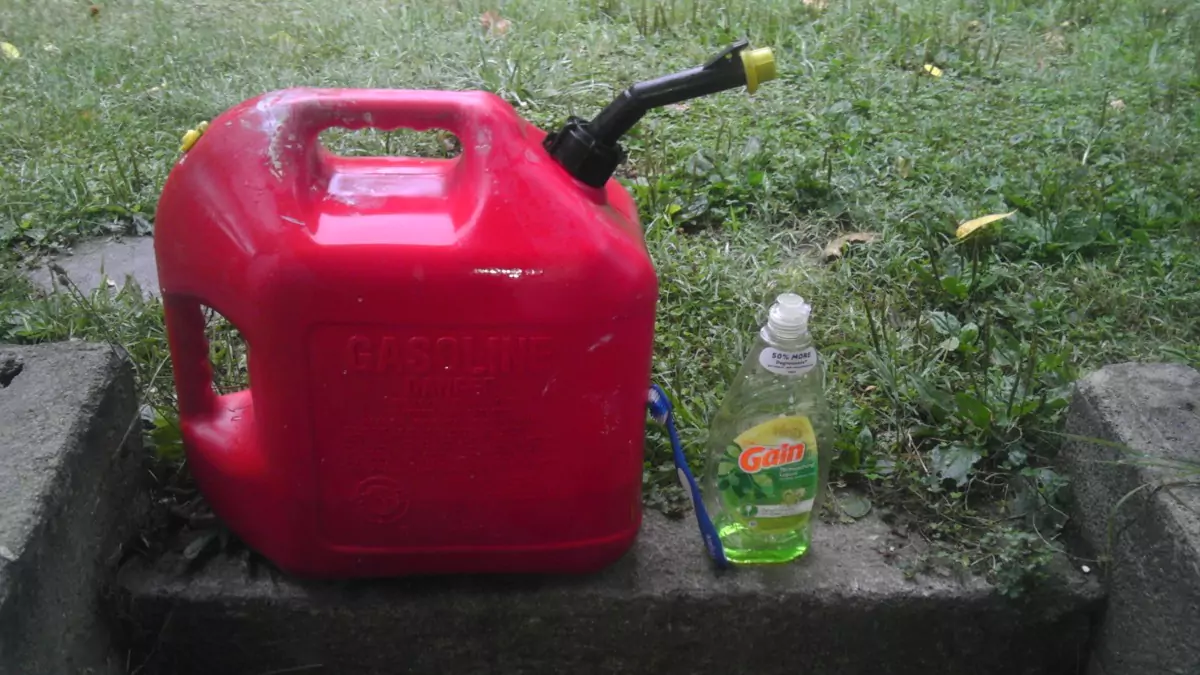Gasoline and other fuels should always be stored in safety gas cans, specifically designed for flammable liquids and identifiable by their red hue and UL or FM (Factory Mutual Engineering Corp) approval.
Storage locations should be kept well ventilated garages, sheds or utility rooms to minimize the risk of fire or explosion. They should also be located away from living areas to reduce potential risks of explosion or fire.
Safety gas cans are essential for storing and transporting gasoline and other flammable liquids safely.
Proper Installation
A gas can is used for refueling small engine equipment like weed whackers, lawn mowers, power washers, chainsaws and fire pumps. Keeping one in your vehicle may come in handy during emergencies; just ensure that its installation meets safety regulations to avoid potential risks.
Be sure to use only cans certified by Underwriters Laboratories (UL), and only transport gasoline rather than kerosene or diesel fuel in them. An old milk jug or Tupperware container won’t keep fluid and vapors contained and should therefore not be used as storage vessels for transporting gasoline.
Before refilling, touch the outside of the can to discharge static electricity and remove its spout/vent cap as applicable. Fill to about 95% full to leave room for fuel expansion.
Storage
As a general guideline, gas cans should be stored in a well-ventilated area away from ignition sources and vapors, and should remain out of the reach of children and pets to avoid accidental exposure or ingestion. Furthermore, each can should clearly display its fuel type to reduce any confusion between containers.
Consider investing in storage cabinets or containers designed specifically to store flammable liquids and fuels to protect cans, reduce risk of tampering, and keep them protected from weather conditions. This will help ensure compliance with local regulations while limiting potential accidents, fires, or environmental contamination.
If storing gasoline cans outdoors, ensure they are safely secured to the ground using bungee cords and away from areas frequented by people or vehicles to reduce risk of blowover or theft. Also store out of direct sunlight which can degrade its quality over time; follow manufacturer guidelines regarding proper care and maintenance for safe handling and upkeep of your cans.
Disposal
When disposing of gas containers, always take extra caution to reduce fire or explosion risks. A gas container should ideally be left outside an inhabited space away from heat sources, children, pets and unauthorised individuals to ensure its disposal safely and responsibly.
Start by emplacing your gasoline can in an outdoor location free from ignition sources and ventilation, taking care to pour all of the gasoline back into a fuel container or into your vehicle’s tank without spilling, making sure all the can is completely full before disposing.
Smudge or scrub the interior of the can with a brush or sponge and cleaning solution, being mindful to remove any residue or fuel stains. Rinse thoroughly and allow the can to air-dry before storing. Check your cap and seals periodically to make sure they’re functioning as they should – to reduce theft or fire risks further, consider investing in a cabinet designed specifically for flammable liquid storage!
Safety Tips
No matter the engine-driven device – from weed whackers and lawnmowers, to lawn mowers, power washers or fire pumps – most engine-driven equipment requires gasoline for operation. Unfortunately, many individuals use old milk jugs or Tupperware containers to hold and transport this gas, leading to serious safety risks. When transporting fuel it should only ever be transported using approved containers with spring-closing lids marked “Underwriters Laboratories (UL) logo and an airtight seal.
Store gasoline cans in an area with adequate airflow, such as outdoors. Keep away from ignition sources like water heaters or pilot lights which could spark the fuel’s volatile vapors into flame. Also ensure that any chosen storage location is securely locked to prevent children or animals from accessing it unknowingly; consider selecting shelves made of sturdy nonflammable material which can support their weight; additionally label each can with the type of fuel it holds to prevent accidental mix-ups.
Herbert Williams Fire Equipment Ltd launched new website to provide comprehensive resources and expert advice on safe handling, storage, and disposal of gas cans.



